Top 9 Workplace Conflict Resolution Strategies for 2025
Conflict in the workplace isn't just inevitable; it's often a sign that your team is engaged and passionate enough to care. When disagreements spiral into disruptions, however, they can quickly drain morale, stifle innovation, and bring productivity to a halt. We've all heard the standard advice: 'talk it out,' 'find a compromise,' or 'agree to disagree.' But these well-meaning platitudes often crumble under the pressure of real-world scenarios, like when tight deadlines are on the line, strong personalities clash, or complex power dynamics are at play.
This article moves beyond the clichés. We are diving deep into nine specific, actionable workplace conflict resolution strategies that are proven to work in modern, dynamic environments. These aren't just abstract theories; they are practical frameworks and toolkits you can start using immediately. Instead of just managing conflict, you'll learn how to transform it into a powerful catalyst for growth, stronger team relationships, and better business outcomes.
You will discover how to:
- Implement formal systems like Alternative Dispute Resolution (ADR) and Peer Review.
- Foster psychological safety with Restorative Justice Circles.
- Build individual capabilities through Conflict Coaching and Emotional Intelligence training.
Forget surface-level tips that don't hold up in a heated meeting. Get ready to build a more resilient, collaborative, and ultimately more effective workplace culture, starting with how you navigate your next disagreement.
1. Active Listening and Mediation
At its core, conflict often stems from misunderstanding and feeling unheard. This is where active listening and mediation shine as foundational workplace conflict resolution strategies. This approach involves a neutral third party, a mediator, who facilitates a structured conversation. The mediator’s primary role isn't to solve the problem but to help the conflicting parties communicate effectively, understand each other's perspectives, and collaboratively find their own solution.

This method, popularized by the Harvard Negotiation Project, shifts the focus from winning an argument to understanding underlying needs. Tech giants like Google and Microsoft have successfully implemented this, using internal peer mediators and specialized HR teams to resolve interpersonal issues before they escalate. The process helps preserve relationships and rebuilds psychological safety, which is a cornerstone of effective teamwork.
How to Implement Mediation
Effective mediation isn't just about getting people in a room; it requires a deliberate and structured process. For managers or HR professionals stepping into a mediator role, here are the key steps:
- Establish a Neutral Ground: Choose a private, comfortable space where interruptions are unlikely. This signals that the conversation is serious and confidential.
- Set Ground Rules: Begin by agreeing on rules of engagement. This includes no interruptions, using respectful language, and committing to listen with an open mind.
- Focus on Interests, Not Positions: A "position" is what someone says they want ("I need Friday off"). An "interest" is the why behind it ("I need Friday off because my son has a school play"). The mediator's job is to guide the conversation toward uncovering these deeper interests, where common ground is more likely to be found.
Best Practices for Success
To make mediation truly effective, focus on the quality of communication. Using "I" statements ("I feel frustrated when deadlines are missed") instead of blaming "you" statements ("You always miss deadlines") is critical. It encourages individuals to own their feelings without attacking the other person. Documenting any agreements reached provides clarity and a shared record of the resolution. By fostering a safe environment for open dialogue, you can transform a negative conflict into a positive opportunity for team growth. This process is instrumental in restoring harmony and can significantly improve trust within your team.
2. Interest-Based Problem Solving
Instead of arguing over rigid positions, Interest-Based Problem Solving (IBPS) goes deeper to uncover the underlying needs and motivations of each person involved. This collaborative approach, famously outlined in the book "Getting to Yes," reframes conflict from a battle to be won into a mutual problem to be solved. The goal is to find a creative, win-win solution that addresses everyone's core concerns, rather than forcing a compromise where both parties feel they've lost something.
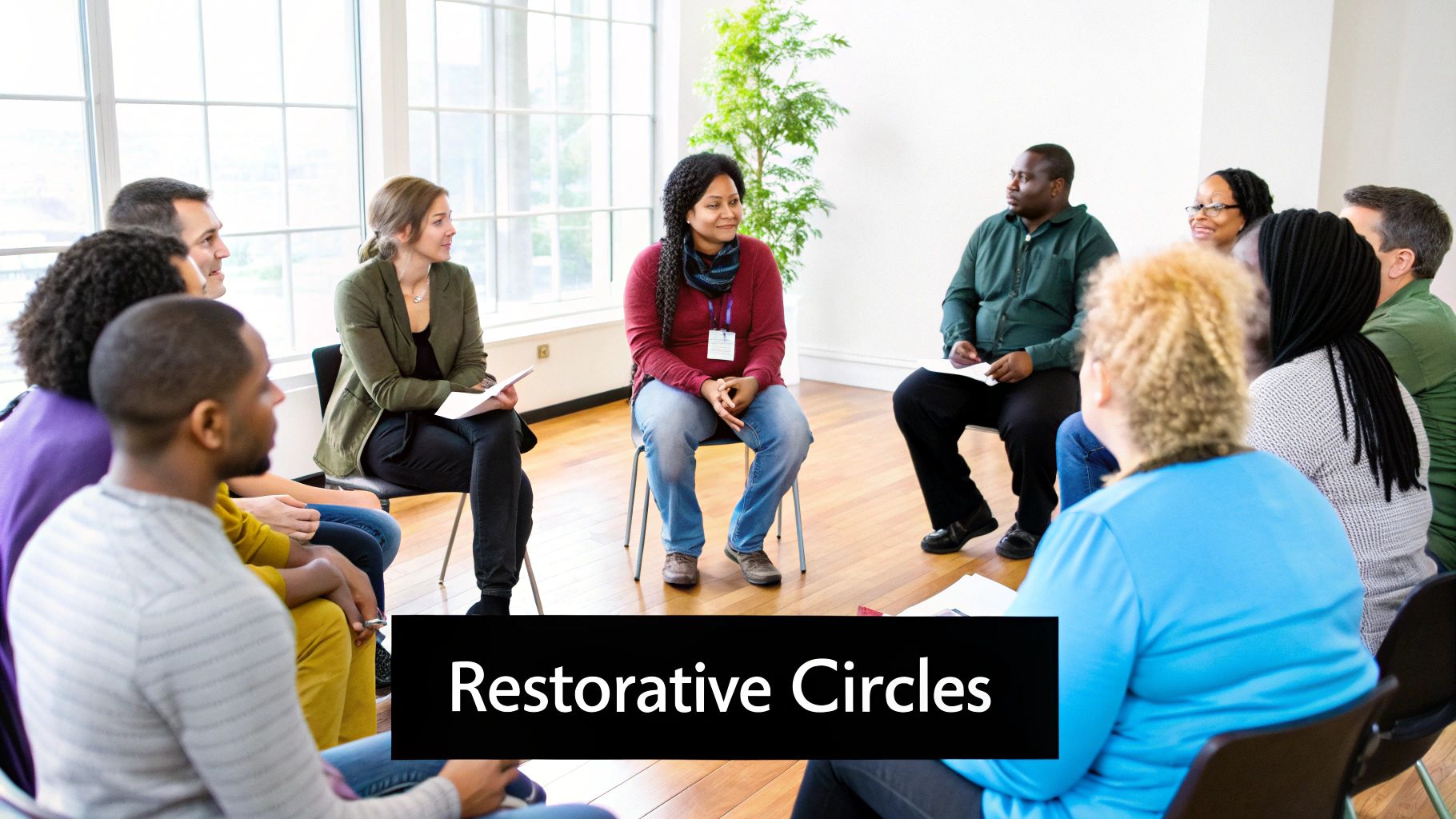
This method is a cornerstone of effective workplace conflict resolution strategies because it builds lasting agreements and strengthens relationships. Companies like Toyota use it in their continuous improvement culture, empowering employees to solve production conflicts by focusing on shared interests like safety and efficiency. Similarly, IBM has long used interest-based negotiation training to help teams resolve complex project disputes by moving past demands and exploring shared goals.
How to Implement Interest-Based Problem Solving
Shifting from positions to interests requires a conscious effort and a structured approach. It transforms the conversation from confrontational to cooperative. Here are the key steps to guide the process:
- Ask 'Why' to Uncover Interests: Gently probe beyond the initial demand. If a colleague insists on leading a project (their position), ask why it's important to them. Their interest might be gaining leadership experience for a promotion, which opens up other ways to satisfy that need.
- Brainstorm Options Collaboratively: Generate a list of all possible solutions together without judgment or commitment. The goal is to create a wide range of options that can be evaluated later. This encourages creative thinking and prevents premature dismissal of good ideas.
- Use Objective Standards: When evaluating options, rely on objective criteria like company policy, industry standards, or fairness. This removes personal opinions and emotions from the decision-making process, making the final agreement feel more legitimate to everyone involved.
Best Practices for Success
To ensure IBPS leads to a durable resolution, focus on creating an environment of mutual respect and open-mindedness. Start by identifying and building on any common ground, no matter how small, to foster a sense of partnership. It is also crucial to separate the people from the problem; attack the issue, not each other. Clearly documenting the identified interests and the final agreement helps prevent future misunderstandings. This systematic approach aligns perfectly with a structured problem-solving framework, which can further guide you to a successful outcome. By understanding what truly matters to each party, you can craft innovative solutions that turn conflict into an opportunity for collaboration and you can explore more about the five essential steps of problem-solving.
3. Peer Review and 360-Degree Feedback
Sometimes conflict isn't just a two-person issue but a pattern of behavior that affects the wider team. Peer review and 360-degree feedback offer a structured way to address these recurring issues by gathering comprehensive input from colleagues, supervisors, and even subordinates. This approach moves beyond a manager's single viewpoint, providing a holistic picture of an individual's impact on the workplace environment.

This method creates accountability and self-awareness by showing employees how their actions are perceived by others. Pioneered in different forms by companies like General Electric under Jack Welch and modernized by tech firms like Adobe, this strategy helps identify blind spots that contribute to friction. When implemented correctly, it transforms conflict into a catalyst for professional growth by highlighting specific behavioral patterns that need adjustment, making it one of the most proactive workplace conflict resolution strategies available.
How to Implement 360-Degree Feedback
A successful 360-degree feedback process requires careful planning to ensure it feels supportive rather than punitive. It's a tool for development, not just for evaluation. Here are the essential steps to get it right:
- Ensure Anonymity and Confidentiality: To get honest feedback, participants must feel safe. Use an anonymous system or a trusted third-party platform to collect responses, ensuring that individuals cannot be identified.
- Train Reviewers on Constructive Feedback: Vague or personal attacks are counterproductive. Train participants to provide specific, behavioral, and actionable feedback using frameworks like the STAR method (Situation, Task, Action, Result).
- Focus on Behaviors, Not Personality: The goal is to address changeable actions, not innate traits. Frame questions around observable behaviors, such as "How effectively does this person collaborate on team projects?" instead of "Is this person a team player?"
Best Practices for Success
The true value of this process lies in the follow-up. Merely collecting feedback is not enough; it must lead to a concrete plan for improvement. After the review, the employee should work with their manager or HR to analyze the feedback, identify key themes, and create a development plan with clear, measurable goals. Regularly checking in on progress ensures accountability and reinforces the organization's commitment to growth. By embedding this practice, you can build a strong foundation for a culture of continuous growth and improvement.
4. Restorative Justice Circles
Moving beyond simple problem-solving, Restorative Justice Circles offer a profound approach to healing workplace relationships after a conflict. Adapted from Indigenous justice traditions, this method brings together everyone affected by a harmful situation into a structured circle. The goal is not to assign blame but to collectively understand the harm done, take responsibility, and collaboratively decide how to repair the damage and prevent future occurrences.
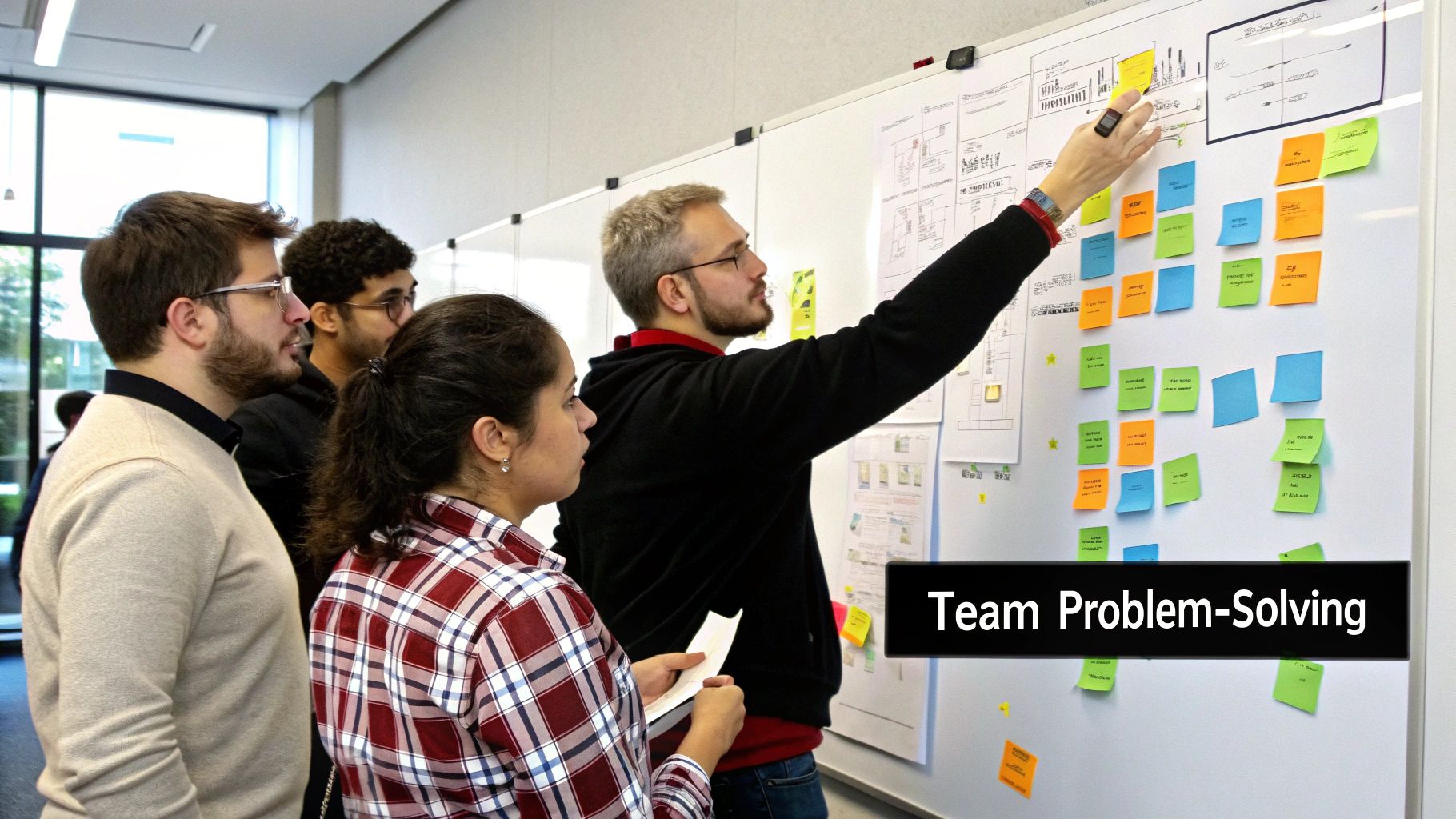
This powerful practice, championed by advocates like Kay Pranis and the International Institute for Restorative Practices, shifts the focus from punishment to restoration. Progressive companies like Patagonia have used circle processes to address complex team issues, fostering a culture of accountability and community. It's particularly effective for repairing trust after significant disruptions, as it gives a voice to everyone involved and centers on collective healing and forward movement.
How to Implement Restorative Circles
A circle requires a trained facilitator, often called a "circle keeper," to guide the process and maintain a safe space. The structure is intentional and helps ensure everyone is heard equally.
- Create the Right Environment: Arrange chairs in a circle with no tables or barriers. This physical setup promotes equality and direct communication among all participants.
- Use a Talking Piece: A talking piece, an object passed around the circle, designates who has the floor. Only the person holding the piece may speak, which encourages deep listening and prevents interruptions.
- Follow a Structured Sequence: The keeper guides the conversation through a series of rounds, asking questions like, "What happened?", "Who was affected and how?", and "What needs to be done to make things right?"
Best Practices for Success
To make these circles one of the truly effective workplace conflict resolution strategies, proper preparation and mindset are key. The process is voluntary and requires a commitment from all participants to engage honestly and respectfully. The keeper should start by establishing shared values and guidelines for the conversation. Critically, the focus must remain on the impact of actions, not the intent behind them. By concentrating on repairing harm and strengthening community bonds, Restorative Circles can transform a toxic conflict into an opportunity for deep organizational learning and growth.
5. Conflict Coaching and Skills Training
Instead of only reacting to disputes, a proactive approach involves equipping employees with the tools to manage disagreements themselves. This is where conflict coaching and skills training excel as one of the most empowering workplace conflict resolution strategies. This method focuses on building individual capacity by providing personalized coaching and targeted training in communication, emotional intelligence, and negotiation techniques, preventing minor issues from escalating.
This preventative strategy has been championed by corporate learning and development teams globally. Companies like American Express and Starbucks invest heavily in training programs that teach employees how to navigate difficult conversations constructively. The goal is to create a culture where conflict is seen not as a threat but as an opportunity for growth and stronger collaboration, ultimately fostering a more resilient and self-sufficient workforce.
How to Implement Conflict Coaching
Rolling out a successful coaching program requires more than just a one-off workshop; it demands a personalized and ongoing effort. For organizations looking to build this internal capability, here are the crucial steps:
- Assess Individual Conflict Styles: Before training begins, use assessments like the Thomas-Kilmann Instrument (TKI) to help individuals understand their default conflict-handling modes (e.g., competing, collaborating, avoiding). This awareness is the first step toward behavioral change.
- Practice in Safe Environments: Use role-playing and simulations based on realistic workplace scenarios. This allows employees to practice new skills in a low-stakes setting where they can receive constructive feedback without real-world consequences.
- Focus on Emotional Regulation: A core component of training should be on managing emotional responses. Teach techniques like mindfulness, active listening, and reframing to help individuals stay calm and objective during tense interactions.
Best Practices for Success
To ensure the training translates into lasting behavioral change, provide continuous reinforcement. Ongoing coaching support is vital, offering employees a resource to consult when they face real challenges. It’s also important to measure progress not just through feedback but by observing real-world application and its impact on team dynamics. By investing in your people's ability to self-manage conflict, you build a more mature, communicative, and effective organization from the ground up. This method transforms the entire team's approach to inevitable workplace friction.
6. Open Door Policy and Ombudsman Programs
For conflicts that feel too sensitive to address directly or with an immediate manager, structural approaches like an Open Door Policy or an Ombudsman Program provide invaluable, safe channels for resolution. These formal workplace conflict resolution strategies signal an organization's commitment to fairness by giving employees access to senior leaders or a neutral, confidential third-party professional, the ombudsman, to voice concerns without fear of retaliation.
This systematic approach, championed by the International Ombudsman Association and progressive HR departments, ensures issues are addressed before they escalate into formal grievances. Major organizations like IBM and many federal government agencies have long-standing ombudsman programs that act as independent, impartial resources for employees. These programs help identify systemic issues and provide a confidential space for exploring options, thereby fostering a culture of trust and psychological safety.
How to Implement These Programs
Establishing these programs requires more than just a declaration; it demands clear structure and unwavering organizational support. Whether you're a small business formalizing an open door policy or a large corporation creating an ombudsman office, the foundational steps are similar:
- Define and Communicate the Policy: Clearly outline what the policy entails. For an open door policy, specify who employees can approach and for what reasons. For an ombudsman, detail their role, responsibilities, and the confidential nature of their services.
- Ensure Accessibility and Confidentiality: Provide multiple, discreet ways for employees to make contact, such as a dedicated email, phone line, or online form. Emphasize that all communications will be held in the strictest confidence to encourage use.
- Appoint and Train the Right People: An ombudsman must be impartial, highly trained in conflict resolution, and operate independently from the normal management structure. For an open door policy, train managers on their responsibilities to listen non-judgmentally and follow up appropriately.
Best Practices for Success
The effectiveness of these programs hinges on employee trust. To build and maintain that trust, true neutrality is non-negotiable. The ombudsman should never be seen as a tool for management but as an impartial advocate for fair process. Regularly communicate the existence and purpose of these programs through various channels so employees know they are available. Tracking the types of conflicts that arise (anonymously) can help the organization identify and address systemic patterns, turning individual disputes into opportunities for broad organizational improvement.
7. Collaborative Team Problem-Solving
Sometimes conflict isn't just between two people but is a symptom of a larger team or systemic issue. Collaborative Team Problem-Solving addresses this by engaging the entire team in the resolution process. This group-based strategy transforms conflict from a private battle into a shared challenge, leveraging the team's collective intelligence to identify root causes and develop sustainable solutions.
This approach is about creating shared ownership over the workplace environment. Instead of a manager imposing a solution, the team works together to analyze the problem, brainstorm ideas, and agree on a path forward. Agile software development teams use this concept in their "retrospectives," where they openly discuss what went wrong in a project sprint to improve future cycles. Similarly, manufacturing teams use continuous improvement processes to collectively solve production-line conflicts and inefficiencies.
How to Implement Collaborative Problem-Solving
Facilitating a group solution requires structure to be effective and avoid turning into a blame session. A manager or team lead can guide the team through a clear, step-by-step process to ensure a productive outcome.
- Define the Problem Collectively: Start by having the team agree on a neutral, objective definition of the conflict or problem. Frame it as a shared challenge, such as, "How can we ensure project handoffs are smoother?"
- Analyze the Root Cause: Use a structured method like the "5 Whys" or a fishbone diagram to dig deeper than surface-level symptoms. This shifts the focus from blaming individuals to understanding systemic issues.
- Brainstorm Solutions Together: Encourage an open, judgment-free brainstorming session where all members contribute potential solutions. Ensure everyone has a voice, including quieter team members.
Best Practices for Success
To ensure this strategy builds cohesion rather than creating more friction, focus on process and psychological safety. It's crucial to document the agreed-upon solutions, assign clear action items, and set a date for follow-up. This shows the team that their input is valued and that real change will occur. Celebrating small wins when the new solutions work helps reinforce positive behaviors and builds momentum for future challenges. This method not only resolves the immediate conflict but also strengthens the team's ability to collaborate effectively with your colleagues in the long run.
8. Alternative Dispute Resolution (ADR) Programs
When conflicts become more complex or entrenched, informal methods might not be enough. This is where Alternative Dispute Resolution (ADR) programs provide structured, formal pathways for resolving disputes without resorting to litigation. ADR is an umbrella term for various processes like mediation and arbitration, designed by an organization to offer employees clear, confidential, and fair avenues for addressing grievances.
These programs, championed by organizations like the American Bar Association and adopted by federal agencies and major corporations, institutionalize conflict management. For example, AT&T has a long-standing integrated ADR program that offers employees options ranging from informal peer review to formal arbitration, successfully resolving thousands of cases internally. This approach not only saves time and legal costs but also demonstrates an organizational commitment to fairness and employee well-being.
How to Implement an ADR Program
Building a successful ADR program requires thoughtful design and clear communication. It’s about creating a system that employees trust and are willing to use. Here are the foundational steps for setting one up:
- Offer Multiple Options: A one-size-fits-all approach doesn't work. Provide a tiered system that could include peer mediation for minor issues, formal mediation for more serious disputes, and voluntary arbitration for complex cases.
- Establish Clear, Accessible Procedures: Employees must know how to access the program. Create simple intake forms, designate a neutral point of contact (often in HR or a dedicated ombudsman office), and outline the steps and timelines for each ADR option.
- Train Internal Facilitators: While some cases may need external experts, training internal managers, HR staff, or peer volunteers as mediators can build in-house capability. This makes the process more accessible and cost-effective.
Best Practices for Success
An ADR program's effectiveness hinges on employee trust and perceived fairness. To ensure it thrives, ensure participation is voluntary and confidential. Forcing employees into a process can breed resentment, while a lack of confidentiality will deter them from using it at all. Regularly communicate the program's availability and its benefits, highlighting its role as a supportive resource rather than a punitive system. By tracking resolution rates and gathering feedback, you can continuously refine these workplace conflict resolution strategies to better serve your team.
9. Emotional Intelligence and De-escalation Techniques
Sometimes, the most powerful workplace conflict resolution strategies are internal. Emotional intelligence (EQ) is the ability to understand and manage your own emotions, as well as recognize and influence the emotions of those around you. This skill-based approach focuses on de-escalating tense situations in real-time by managing emotional triggers before they spiral out of control. It’s about creating a buffer of awareness between a stressful event and your reaction to it.
This method, popularized by psychologist Daniel Goleman, has been widely adopted in corporate wellness programs. Companies like Johnson & Johnson have famously invested in emotional intelligence training for leaders, linking it directly to improved performance and collaboration. The core idea is that by mastering our emotional responses, we can navigate disagreements constructively, preventing molehills from turning into mountains and preserving professional relationships.
How to Implement EQ and De-escalation
Developing emotional intelligence isn't about suppressing feelings; it's about understanding and channeling them productively. For anyone looking to defuse workplace tension, here are the key steps to practice:
- Recognize Early Warning Signs: Learn to identify your personal signs of stress or anger, such as a clenched jaw, faster heartbeat, or shallow breathing. Acknowledging these signals early gives you a chance to consciously choose your response.
- Validate Before Problem-Solving: Before jumping to solutions, acknowledge the other person's feelings. A simple statement like, "I can see you're really frustrated by this," can instantly lower defenses and open the door for a more rational conversation.
- Use Strategic Pauses: When a conversation becomes heated, take a moment. A brief pause, a deep breath, or even suggesting a short break can stop emotional momentum and allow both parties to regain composure.
Best Practices for Success
To make emotional intelligence a truly effective tool, it must be practiced consistently. Start by incorporating mindfulness or self-awareness exercises into your daily routine to better understand your own emotional patterns. During a conflict, use tactical breathing techniques to stay calm and centered. It's also crucial to seek feedback from trusted colleagues on your emotional responses to identify blind spots. By developing these skills, you not only resolve conflicts but also learn how to effectively manage work-related stress, creating a more resilient and harmonious work environment.
Workplace Conflict Resolution: 9-Strategy Comparison
| Approach | Implementation Complexity | Resource Requirements | Expected Outcomes | Ideal Use Cases | Key Advantages |
|---|---|---|---|---|---|
| Active Listening and Mediation | Moderate – requires skilled mediator and structured process | Low to moderate – skilled mediator and time investment | Improved trust, understanding, non-binding resolutions | Interpersonal disputes, willing parties, emotional issues | Builds trust, cost-effective, preserves relationships |
| Interest-Based Problem Solving | High – complex facilitation needed | Moderate to high – skilled facilitators and time | Sustainable win-win solutions, creative outcomes | Complex conflicts, low to moderate trust environments | Long-term solutions, mutual gain, creative problem-solving |
| Peer Review and 360-Degree Feedback | High – structured feedback systems and culture needed | Moderate to high – anonymity systems, training, time | Increased self-awareness, peer accountability | Performance-related conflicts, behavior patterns | Comprehensive perspectives, professional development |
| Restorative Justice Circles | High – cultural shift and skilled facilitation required | Moderate to high – circle keepers and time | Relationship restoration, collective ownership | Serious conflicts needing repair, community building | Addresses root causes, builds empathy and team bonds |
| Conflict Coaching and Skills Training | Moderate – ongoing individual coaching | Moderate to high – coaches, training time, ongoing support | Enhanced personal conflict skills, prevention of escalation | Individuals seeking skill development | Builds long-term capacity, personalized, prevention-focused |
| Open Door Policy and Ombudsman Programs | Moderate – organizational setup and leadership buy-in | Moderate to high – ombudsman staff, communication efforts | Early conflict detection, trusted reporting channels | Organizations wanting multiple complaint pathways | Safe reporting, early intervention, organizational fairness |
| Collaborative Team Problem-Solving | Moderate to high – skilled facilitation, team engagement | Moderate – team meeting time and facilitator | Improved team cohesion, systemic issue resolution | Team conflicts, systemic workplace issues | Builds cohesion, shared ownership, continuous improvement |
| Alternative Dispute Resolution (ADR) Programs | High – formal program set-up, legal expertise | High – training, program management, legal resources | Faster resolutions, confidentiality, structured process | Formal disputes requiring alternatives to litigation | Faster, cost-effective, multiple resolution options |
| Emotional Intelligence and De-escalation Techniques | Moderate – ongoing skill development and practice | Low to moderate – training, practice time | Immediate conflict management, reduced escalation | Real-time conflict situations, emotional triggers | Addresses emotional root causes, builds resilience |
Building a Conflict-Positive Culture: Your Next Steps
Navigating the landscape of workplace conflict can feel daunting, but as we've explored, you're now equipped with a powerful and diverse toolkit of workplace conflict resolution strategies. Moving forward, the goal isn't to create a workplace completely devoid of disagreement; that would be unrealistic and ultimately, unproductive. The true objective is to build a conflict-positive culture where differing perspectives are seen not as threats, but as catalysts for innovation, growth, and stronger team bonds.
The nine strategies detailed in this article, from the empathetic approach of Active Listening to the structured support of an Ombudsman Program, are not mutually exclusive. Instead, they represent a spectrum of options you can adapt and combine. A Restorative Justice Circle might be perfect for healing a team-wide rift, while Conflict Coaching could be the ideal, targeted support for a high-potential employee struggling with interpersonal dynamics. The power lies in knowing which tool to use and when.
From Theory to Action: Your Implementation Roadmap
Mastering these concepts requires moving from passive reading to active practice. The most significant takeaway is to shift your organizational mindset from being reactive to proactive. Don't wait for tensions to escalate into full-blown disputes. Instead, start weaving these principles into the very fabric of your team's daily operations.
Here are some immediate, actionable next steps you can take:
- Start Small and Build Momentum: You don't need to implement all nine strategies at once. Choose one or two that resonate most with your team's current challenges. Is miscommunication a frequent issue? Begin by hosting a workshop on Active Listening and Emotional Intelligence. Are project disagreements slowing down progress? Introduce the Collaborative Team Problem-Solving framework at your next kickoff meeting.
- Lead by Example: Whether you're a team lead or an individual contributor, your actions set the tone. Demonstrate vulnerability, admit when you're wrong, and actively listen when others speak. When you model constructive behavior during disagreements, you give others permission and a blueprint to do the same.
- Open the Dialogue: Share this article with your colleagues or your direct reports. Use it as a conversation starter. Ask questions like, "Which of these workplace conflict resolution strategies do you think could help our team the most?" or "Have we faced a situation where Interest-Based Problem Solving could have led to a better outcome?" This simple act fosters psychological safety and shows that conflict is a topic that can be discussed openly and without fear.
The Lasting Impact of Constructive Conflict
Ultimately, investing in robust workplace conflict resolution strategies is an investment in your organization's most valuable asset: its people. When employees feel heard, respected, and equipped to handle disagreements constructively, the benefits ripple outward. You'll see a marked improvement in morale, a decrease in turnover, and a surge in psychological safety that fuels creativity and collaboration.
Teams that can navigate friction effectively are not just more harmonious; they are more resilient, more agile, and ultimately, more successful. They don't just solve problems, they build stronger relationships in the process. Embrace conflict as an opportunity, and you will unlock a new level of potential within your organization.
Ready to take your team's communication and problem-solving skills to the next level? JIMAC10 offers dynamic video-based training modules that bring these conflict resolution concepts to life. Our engaging courses provide the practical tools and real-world scenarios your team needs to transform conflict into collaboration. Explore our library today and build a more resilient, effective, and harmonious workplace. JIMAC10
Share this content:
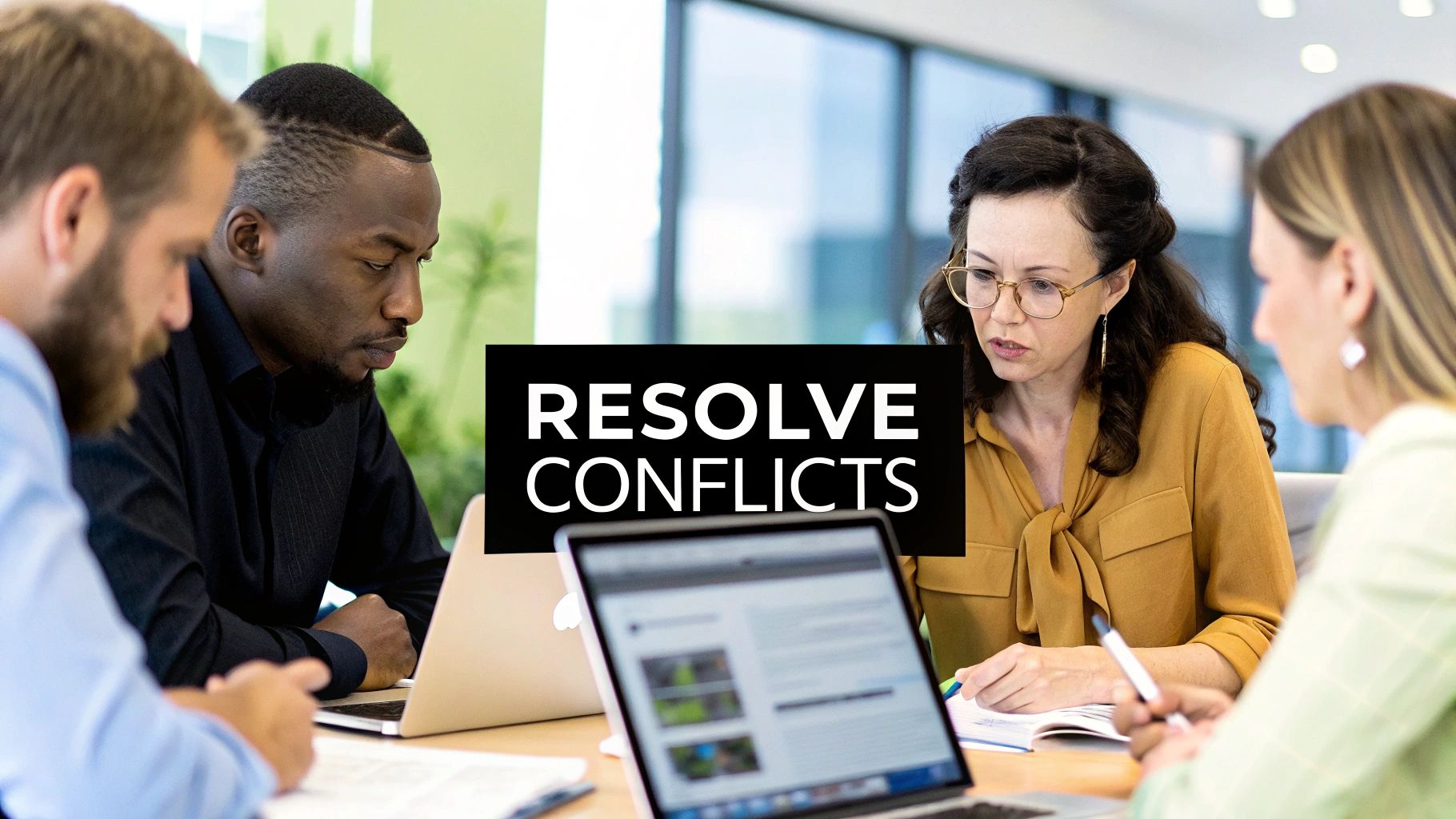




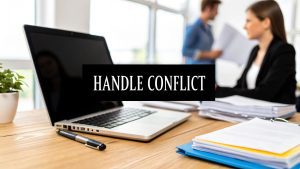









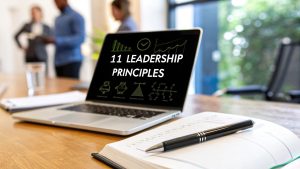



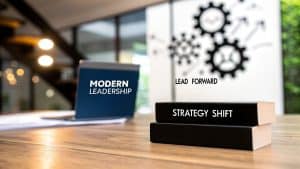






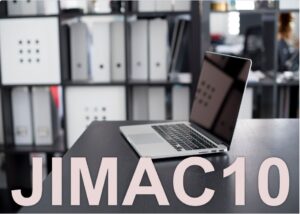











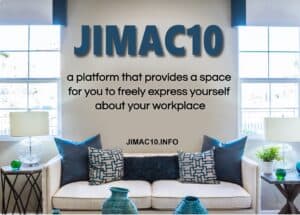
Post Comment